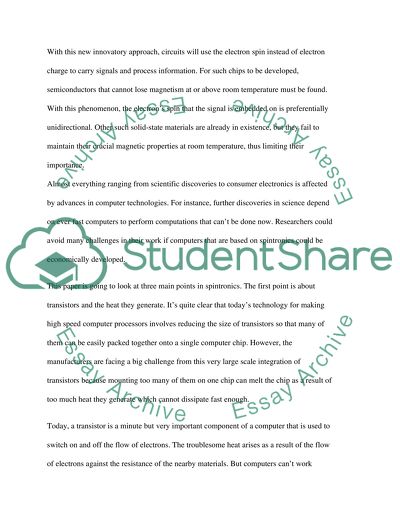Cite this document
(“Spintronics and it's use with Computers Research Paper”, n.d.)
Spintronics and it's use with Computers Research Paper. Retrieved from https://studentshare.org/information-technology/1640223-spintronics-and-its-use-with-computers
Spintronics and it's use with Computers Research Paper. Retrieved from https://studentshare.org/information-technology/1640223-spintronics-and-its-use-with-computers
(Spintronics and it'S Use With Computers Research Paper)
Spintronics and it'S Use With Computers Research Paper. https://studentshare.org/information-technology/1640223-spintronics-and-its-use-with-computers.
Spintronics and it'S Use With Computers Research Paper. https://studentshare.org/information-technology/1640223-spintronics-and-its-use-with-computers.
“Spintronics and it'S Use With Computers Research Paper”, n.d. https://studentshare.org/information-technology/1640223-spintronics-and-its-use-with-computers.


